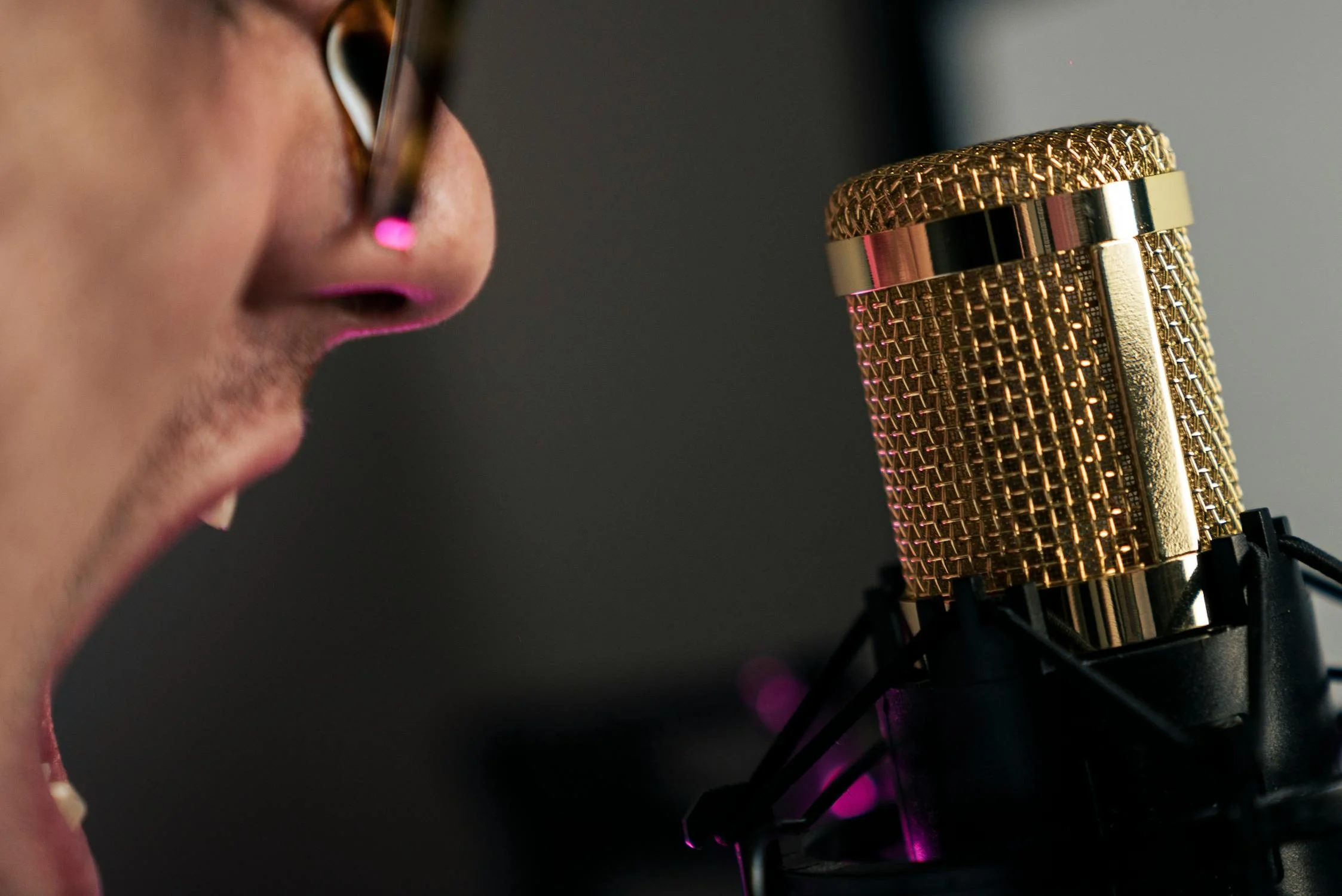Why Major Labels Are Turning to AI Detection for Artist Protection

The rise of AI-generated music has introduced a new challenge for record labels: protecting artists from digital impersonation. As AI tools become more advanced, they can replicate not just genres or beats but the unique sound, tone, and style of individual performers. These synthetic audio creations often blur the line between distinction and infringement, making it increasingly difficult to draw a clear boundary.
Major labels are now realizing that artist protection extends beyond traditional copyright enforcement. Preventing AI-generated content that mimics or clones real artists is becoming part of safeguarding their creative assets. The urgency is growing as more synthetic tracks surface across digital platforms, some sounding eerily similar to known artists without any affiliation or permission.
The Problem With AI Imitations
AI-generated tracks don’t need to explicitly reference an artist to cause harm. In fact, their strength lies in their ability to sound familiar—emulating a voice, style, or songwriting pattern to the point of confusion. These imitations can confuse fan engagement, redirect streaming royalties, and even cause long-term damage to an artist’s brand identity, especially when listeners assume the content is official.
Worse, these AI imitations often fly under the radar on streaming platforms that lack detection mechanisms. Without proper safeguards in place, synthetic tracks can end up side-by-side with genuine artist releases, diluting the value of original work and creating a messy landscape of attribution and ownership. This makes AI-generated music detection not just useful, but essential.
How Labels Are Responding
To stay ahead of this emerging threat, major labels are turning to AI detection tools that can scan audio files and identify whether a track was created using artificial intelligence. These platforms analyze patterns in synthetic audio that aren’t typically found in human-made compositions, giving labels a critical way to spot AI-generated content before it’s released—or worse, monetized.
By integrating AI music detection into their daily workflows, labels can review demos, monitor new uploads, and audit catalogs with greater accuracy. This proactive approach helps ensure that unauthorized, machine-generated tracks never enter official rosters, digital releases, or marketing pipelines, protecting both artists and fans from confusion or exploitation.
Strengthening A&R and Rights Management
For A&R teams tasked with scouting and nurturing new talent, the ability to verify that submitted music is authentically human is more important than ever. AI-generated submissions might sound polished, but signing synthetic talent under false pretenses can backfire—both legally and reputationally. AI detection tools offer an added layer of vetting to protect investment and maintain credibility.
In addition, rights management departments benefit from knowing that their rosters are clear of unauthorized AI content. Detection tools help verify music origin before it’s licensed or distributed, reducing copyright concerns and helping labels maintain clean, compliant catalogs. In an industry where originality is closely tied to value, authenticity remains the strongest currency.
Conclusion
AI-generated music detection is no longer optional for major labels—it’s a strategic necessity. As synthetic audio continues to evolve, so does its potential to disrupt artist careers, intellectual property rights, and brand identity. Labels that invest in detection technology are better equipped to defend their artists from imitation, misuse, and digital exploitation.
At its core, this isn’t just about spotting fakes—it’s about preserving what makes an artist unique. With tools like those offered at aimusicdetection.com, labels can protect their creative investments, uphold the integrity of their catalogs, and ensure that the future of music remains driven by authentic human expression.
